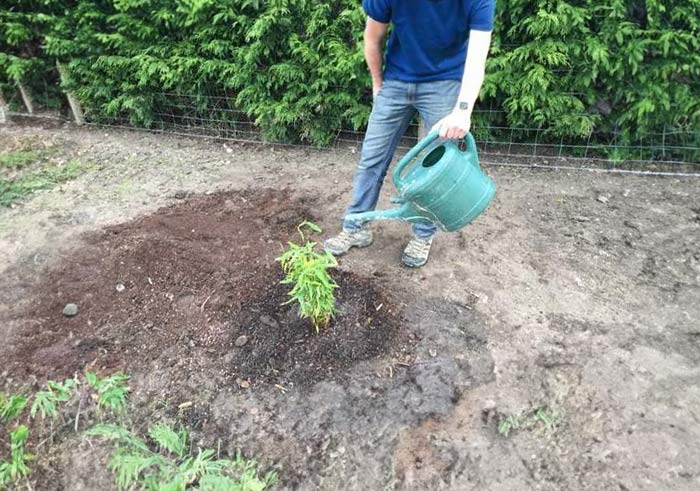Bamboo, with its timeless beauty and versatile elegance, has found a place in gardens and homes worldwide. As you embark on the journey of nurturing this graceful plant, the question that often arises is, “How often should I water bamboo?” In this comprehensive guide, we unravel the mysteries of bamboo’s water requirements, debunk myths, and provide you with the expert knowledge needed to ensure your bamboo’s flourishing health.
The Art of Watering: Finding the Perfect Balance
Water is the lifeblood of bamboo, but like any delicate balance, too much or too little can have adverse effects. Understanding the nuanced needs of your bamboo plants is the first step toward ensuring their vitality.
Factors Shaping Watering Frequency
Before delving into the specifics, let’s explore the factors that influence how often you should water your bamboo plants. From climate considerations to the diversity of bamboo species, these elements play a crucial role in determining the optimal watering regimen.
Climate and Habitat
The environment your bamboo inhabits plays a pivotal role in determining its hydration needs. In hot, arid regions, your bamboo might crave more water, while in cooler, humid locales, a more restrained approach is warranted.
Diversity of Bamboo Species
Bamboo’s realm encompasses an array of species, each with its unique thirst. Clumping bamboos, for instance, often require less water compared to their running counterparts. Delving into your specific bamboo variety will empower you to tailor your watering regimen.
Soil Composition and Drainage
The type of soil your bamboo resides in, along with its drainage capabilities, significantly impacts watering frequency. Well-draining soil prevents waterlogged roots, averting the perils of overwatering.
Growth Stage and Plant Size
Young bamboo plants, diligently establishing their root systems, typically need more frequent watering. As they mature, the frequency can be dialed back. The plant’s size also matters; larger plants may require more water to support their extensive growth.
Unraveling the Watering Schedule
Understanding the factors that influence watering frequency is essential, but deciphering when and how often to water your bamboo is equally crucial. Let’s dive into the nitty-gritty of crafting a watering schedule that fosters optimal growth.
- Nurturing the Seedlings: During the initial phase of planting and establishment, young bamboo plants crave consistent moisture. Watering every 2 to 3 days facilitates the development of their root systems. As they grow and roots strengthen, you can gradually extend the interval between waterings.
- Adapting for Maturity: Mature bamboo plants exhibit heightened drought resistance, necessitating a more spaced-out watering pattern. Typically, watering every 1 to 2 weeks is sufficient. However, vigilant observation of soil moisture and external conditions should guide your watering routine.
- Caring for Indoor Bamboo: Indoor bamboo plants have distinct needs due to controlled indoor environments. Watering every 7 to 10 days, ensuring the soil maintains uniform moisture without becoming waterlogged, is advisable.

Signs of Overwatering: A Balancing Act
While water is essential, overwatering can lead to issues such as yellowing leaves, drooping, and root rot. Proper drainage and allowing the soil to dry slightly between waterings mitigate these concerns.
Expert Recommendations
Mastering the art of watering bamboo is integral to its prosperity. By considering climate, bamboo species, soil type, and growth stage, you can tailor a watering schedule that promotes health without overwhelming the plant.
For young bamboo in the establishment phase, water every 2 to 3 days. Mature bamboo benefits from watering every 1 to 2 weeks, while indoor bamboo thrives with a 7 to 10-day watering interval. Through these strategies and keen observation, you’ll be rewarded with thriving, verdant bamboo gracing your space.
